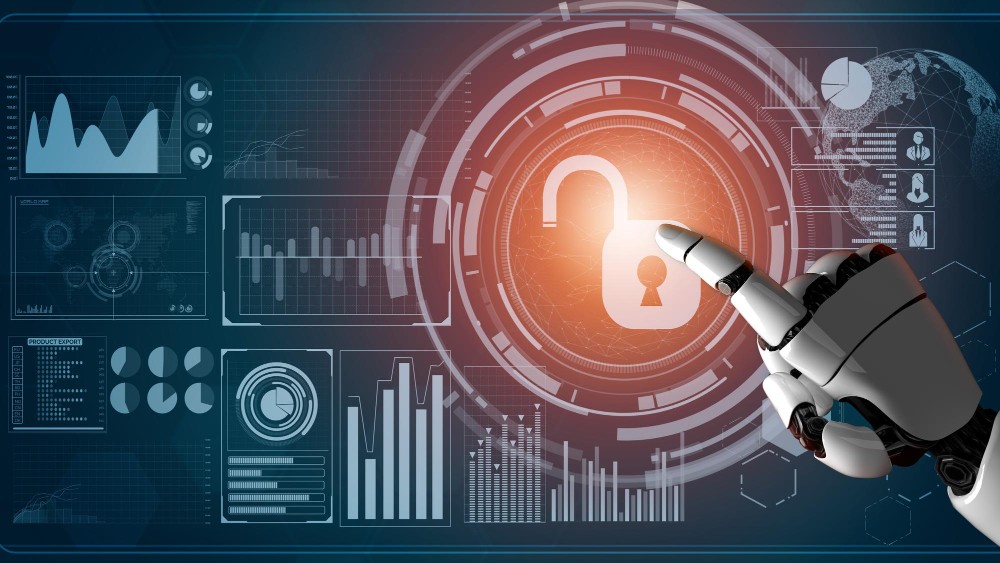Protecting What Matters: How AI Video Analytics is Enhancing Security Protocols

In an increasingly interconnected world where security threats are diverse and ever-evolving, the role of artificial intelligence (AI) in enhancing security protocols cannot be overstated. AI, particularly in the form of video analytics, has revolutionized how organizations protect their assets, infrastructure, and people. This article explores the significant impact of AI video analytics on security protocols, from improving threat detection to optimizing response times and operational efficiency.
The Evolution of Security Technology
Security has always been a critical concern for individuals, businesses, and governments alike. Traditionally, surveillance relied heavily on human operators monitoring video feeds in real-time, a method prone to human error, fatigue, and oversight. With advancements in AI and machine learning, video analytics systems have become smarter and more efficient at processing and analyzing vast amounts of video data in real-time.
AI-powered video analytics systems are capable of performing tasks that exceed human capabilities. They can detect and track multiple objects simultaneously across large areas, recognize faces and license plates, analyze behavior patterns, and even predict potential threats based on historical data and real-time observations. This level of sophistication not only enhances security but also allows for proactive measures to be taken before an incident occurs.
Enhancing Threat Detection and Prevention
One of the primary advantages of AI video analytics is its ability to enhance threat detection and prevention. Traditional video surveillance systems often rely on humans to spot suspicious behavior or identify potential threats. However, AI algorithms can analyze video streams 24/7 without fatigue or distraction, continuously monitoring for anomalies and alerting security personnel in real-time.
These systems can detect unusual behaviors such as loitering in restricted areas, unauthorized access attempts, abandoned objects, or erratic movements.To learn more about the range of security solutions powered by AI-based video analytics, consider exploring how these systems enhance detection capabilities and streamline security operations. By automatically flagging these events, AI video analytics enable security teams to respond promptly and effectively, mitigating risks before they escalate into full-scale incidents. This proactive approach not only improves security outcomes but also minimizes false alarms and enhances operational efficiency.
Optimizing Response Times and Resource Allocation
In emergencies, every second counts. AI video analytics significantly reduce response times by providing instant alerts and actionable insights to security personnel. By prioritizing alerts based on threat severity and location, these systems enable quicker decision-making and more efficient deployment of resources.
Furthermore, AI-powered analytics can integrate with other security systems such as access control and alarm systems, creating a unified security ecosystem. This integration allows for automated responses, such as locking down facilities or redirecting personnel, in response to detected threats, by automating routine tasks and providing real-time intelligence, AI video analytics free up human operators to focus on critical decision-making and strategic planning.
Enhancing Operational Efficiency and Cost Savings
Beyond improving security outcomes, AI video analytics contribute to enhanced operational efficiency and cost savings for organizations. By automating surveillance tasks that were previously performed manually, these systems reduce the need for extensive human monitoring, thereby cutting down on labor costs and improving resource allocation.
Moreover, AI analytics can analyze historical data to identify patterns and trends, offering insights that help organizations optimize security strategies over time. By identifying high-risk areas, peak activity times, or recurring security incidents, organizations can proactively allocate resources and implement preventive measures to reduce vulnerabilities and enhance overall security posture.
Addressing Privacy and Ethical Considerations
While AI video analytics offer substantial benefits in terms of security, they also raise important ethical and privacy considerations. The widespread deployment of surveillance technologies powered by AI has sparked debates about data privacy, surveillance ethics, and the potential for misuse or abuse of these technologies.
To address these concerns, organizations deploying AI video analytics must prioritize transparency, accountability, and compliance with data protection regulations. Implementing robust data anonymization techniques, restricting access to sensitive information, and obtaining informed consent where applicable are essential steps in mitigating privacy risks and building trust with stakeholders.
The Future of AI Video Analytics in Security
Looking ahead, the future of AI video analytics in security promises even greater advancements and applications. As AI algorithms continue to evolve, they will become more adept at handling complex scenarios, improving accuracy, and expanding capabilities beyond traditional surveillance tasks.
Emerging technologies such as facial recognition, behavior analysis, and predictive analytics will further enhance the capabilities of AI video analytics systems. These advancements will enable security professionals to not only react to incidents but also predict and prevent threats with higher precision and efficiency.
Additionally, the integration of AI with other emerging technologies such as Internet of Things (IoT) devices, drones, and cloud computing will create interconnected security ecosystems capable of providing comprehensive, real-time situational awareness and response.
Conclusion
In conclusion, AI video analytics represents a significant leap forward in enhancing security protocols across various sectors. By leveraging the power of AI and machine learning, organizations can detect threats faster, respond more effectively, and optimize resources to protect what matters most—people, assets, and infrastructure. However, as these technologies continue to evolve, it is crucial to navigate the ethical and privacy considerations responsibly, ensuring that advancements in security do not compromise individual rights or societal values. As we embrace the future of AI video analytics in security, striking a balance between innovation and ethics will be key to realizing its full potential in safeguarding our communities and critical assets.





